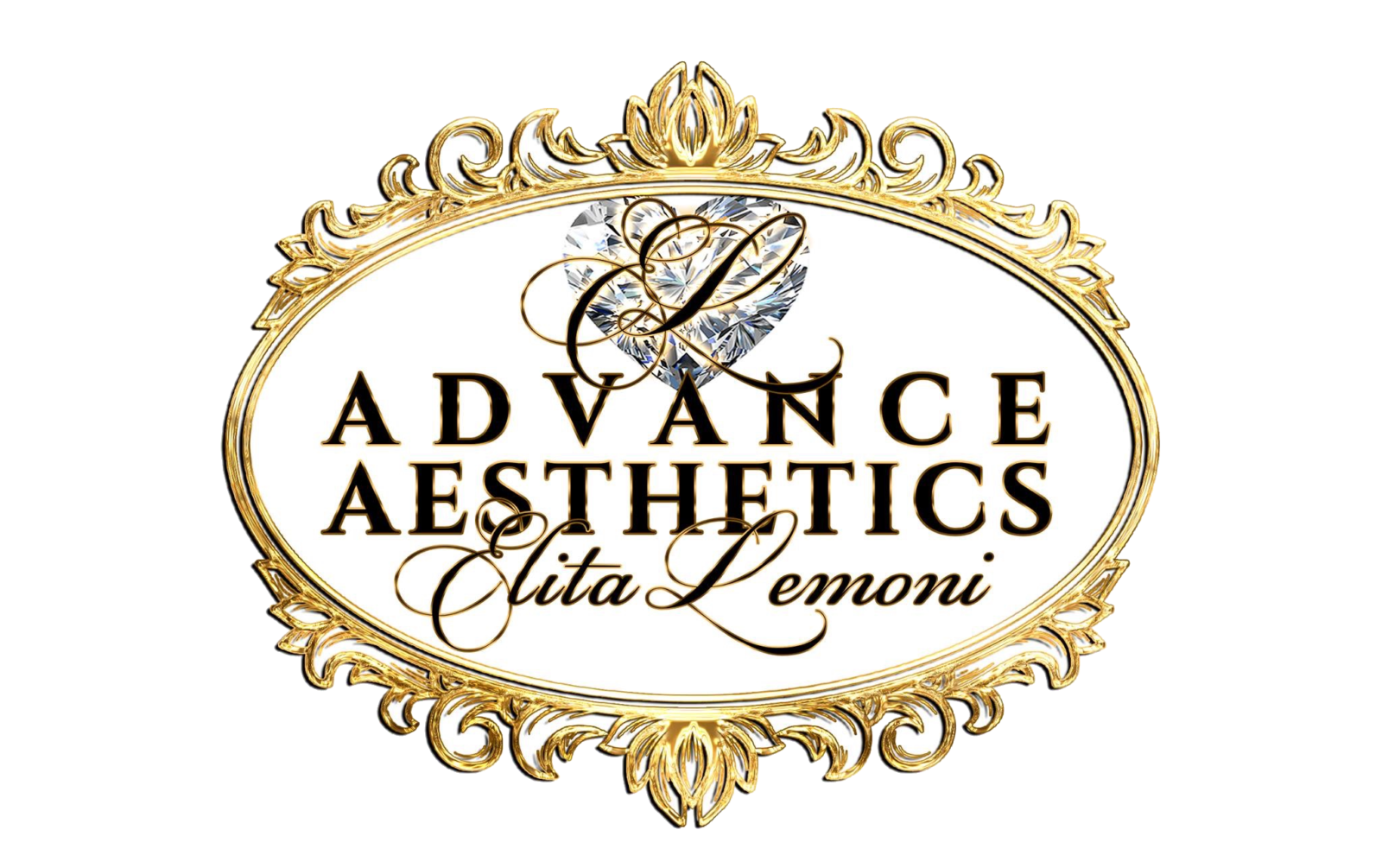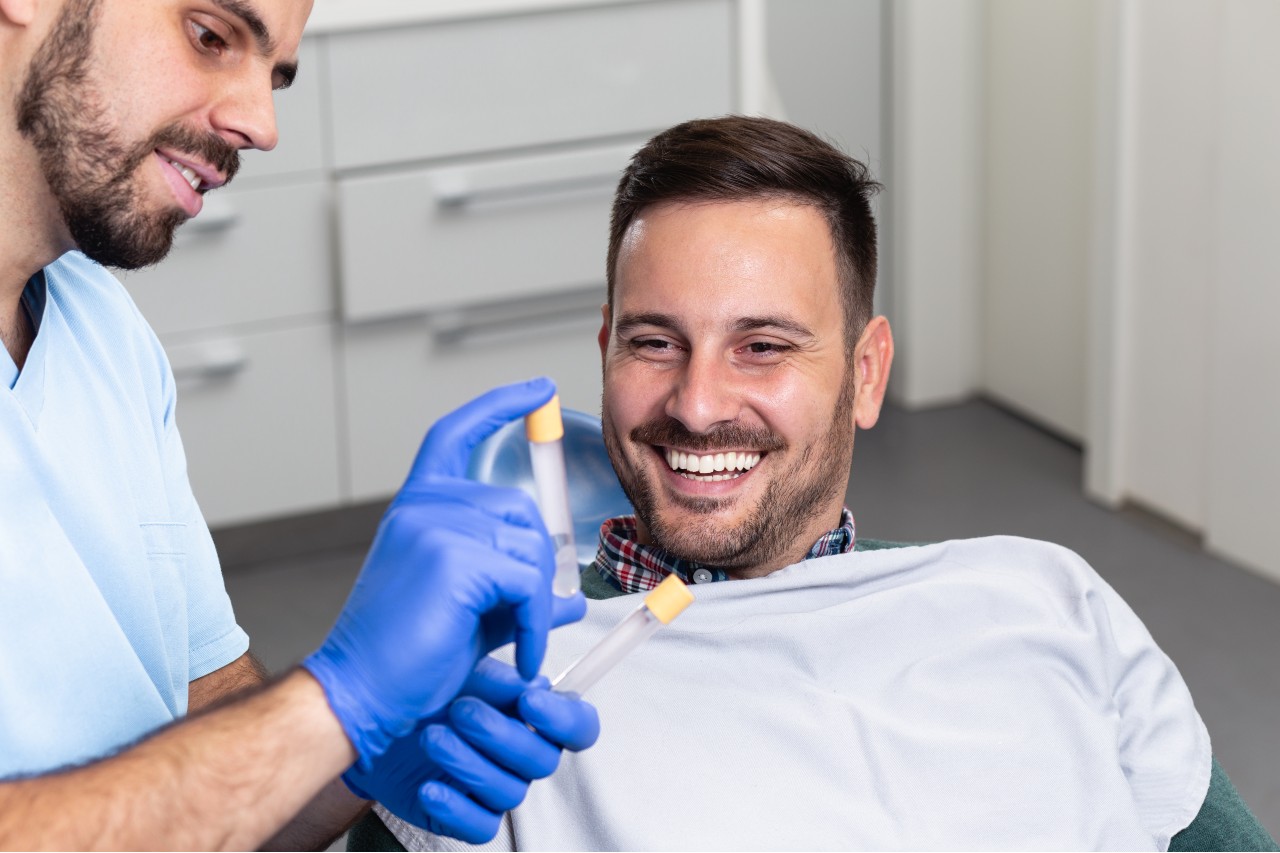Learn More:
Hollywood’s secret of youthful and juvenile beauty is no more a scandal now. Aesthetic facials have gained dramatic efflux in popularity due to their effects on beauty, skin health, facial restoration, and rejuvenation as a part of essential skincare. Advance Aesthetics Luxembourg is lined up with advancements in the field of aesthetic and cosmetic sciences. Elita Lemoni, as one of the famous and well-renowned aestheticians, provides customized facial care strategies while providing the near to natural results. PRP facial is among one of the growing trends in Germany, Luxembourg. Elita recommends getting yourself treated with your own PRP to beat the expression of your chromosomes. PRP facial rejuvenation helps you to look and feel better about yourself.
What is PRP Facial Rejuvenation?
Platelet-Rich plasma skin rejuvenation is an orthodox solution to the effects of aging and skin damage. The mechanism behind the facial rejuvenation treatment is to utilize your plasma to induce cell migration and collagen production. Stimulation of collagen helps in eliminating fine lines, wrinkles, and aging-associated skin concerns. PRP facial rejuvenation is also commonly known as vampire facial.
How is PRP (Platelet-Rich Plasma) Prepared?
Platelet-Rich Plasma (PRP) is a concentrated blood plasma containing three to five times more plasma concentration. It also contains plasma-derived growth factors, vascular endothelial growth factors, transforming growth factors, and other bioactive substances that help facial rejuvenation. Platelet-Rich Plasma is obtained at the time of treatment by drawing your venous blood. Depending upon your baseline venous count, a 30cc blood yield approximately 3-5 cc of PRP. Next, an anticoagulant is added, such as citrate dextrose, to prevent platelet activation before its use. Finally, a process of differential centrifugation is applied in the preparation of platelet-Rich plasma. Differential centrifugation allows the sedimentation of cellular constituents based on their specific gravities. A commonly employed method to prepare PRP is the PRP centrifugation method, or it can also be prepared by the buffy coat method.
In the PRP method, initial centrifugation is carried out to separate red blood cells, followed by the separation and concentration of platelets. Platelet concentrates suspend the final volume of plasma that is obtained after centrifugation. Centrifugation spin separates the whole blood into three layers, the first layer contains platelets and white blood cells, the middle layer is enriched with white blood cells only, and the bottom layer contains red blood cells. Not going into further details of PRP preparation, it is essential to consider that only the plasma enriched with platelets is used in skin rejuvenation. It is vital for the stimulation of collagen and growth factors in the skin.
What are the Benefits of PRP Facial?
PRP facial using Microneedling technology of skin rejuvenation is an emerging trend in aesthetic clinics and medical spas, and it is more effective than traditional means of facial skincare. Your aesthetician Elita Lemoni, at Advance Aesthetics Luxembourg, will do a thorough examination of your skin and will suggest the best suitable option of facial rejuvenation that will help to brighten up your skin with a more toned appearance and firmness. Elita’s recommendations for PRP facial have the following benefits;
- Improves the emergence of fine lines and wrinkles
- Helps in improving uneven skin tone and texture
- Gradual improvements in acne and acne scarring
- Improves facial skin laxity
- Reduction in large pores
- Aids in lightening burns scars
- Hyperhidrosis
- Reduction in Marionette lines
- Reduction in post-traumatic scarring
- Improves moisture retention
The process of Microneedling with the addition of PRP stimulates skin renewal and provides 15% more improvements than Microneedling alone. No Complications and adverse effects are associated with the process; instead, it results in visible improvements in acne scarring and patient satisfaction. The PRP facial process takes some time to show progress as the skin takes time to produce new collagen.
How to Prepare for PRP Facial Rejuvenation or Vampire Facial?
PRP facial or vampire facial is a minimally invasive lunch break protocol where you can resume your everyday activities before and after the treatment. During the initial consultation and discussion about goals and outcomes, Elita will advise you to stop taking blood-thinning and anti-inflammatory drugs a few days before and after the treatment. Aspirin, ibuprofen, and retinoids are not recommended to use before treatment.
What is the Procedure of PRP Facial?
The treatment procedure starts by numbing the facial areas with some anesthetic gel. After ensuring your comfort, the aesthetic practitioner will start producing micropunctures or tiny injuries by gently rolling the Microneedling device or derma roller over your skin. Once the facial area is wholly treated with microneedles, the next step is applying developed PRP concentrate. You will feel slightly taut, and your skin will start responding within few weeks after the treatment. It is advisable to not wash your face for better penetration of PRP concentrate. The entire facial process takes as long as thirty minutes to get completed.
What to Expect After PRP Facial Rejuvenation?
PRP facial treatment is a minimally invasive protocol with no downtime and minimum risk of side effects. You might feel slight redness, swelling, and irritation at the site of needle pricks. But you don’t need to panic, as these effects will go away within few days, and it is the natural reaction of skin to microneedles. Your skin sensitivity also increases after the treatment, so better to avoid unprotected sun exposure. The use of local antibiotic creams is also advised to prevent the spread of local infection.
Subsequent treatments will mainly depend upon your treatment goals and expectations that Elita will design for you, which will increase your satisfaction and confidence.
Risks and Complications
Treatment is considerably safe and effective with very minimum risks and complications. Your skin might feel warm and itchy after the treatment that would subside within twenty-four to fort eight hours. Mild to moderate after-effects of treatment are as follow;
- Redness
- Bruising
- Swelling
- Discomfort at the application site
- Skin flaking
- Infection
- Pigment changes
Get detailed information about PRP facial rejuvenation and possibilities that Advance Aesthetics offers by filling our online consultation form or Call now!
PRF – Platelet Rich Fibrin
PRF stands for Platelet Rich Fibrin. It’s an evolution of PRP that uses a similar solution but with more stem cells, white blood cells and fibrin from your blood.
These three components add to the healing potential of blood plasma to deliver even more healing potential.
PRF treatments are used to tackle similar conditions to PRP. It can be used medically for injuries or rehabilitation or cosmetically.
The PRF solution is created using similar methods. A small amount of blood is taken, like a blood test and placed in a centrifuge like with PRP.
The main difference is, we spin it slower and use a gel carrier to help keep it liquid. The result of this new process is more stem cells, more white blood cells and fibrin within the PRF solution.
The slow spin also retains some of the natural formation of the solution. The white blood cells and fibrin retain a scaffold-like structure that releases platelets over time rather than all at once.
This allows PRF treatments to provide slow release healing over a much longer period.
Stem cells are the building blocks of the body. Most cells we have begin as stem cells, so they have huge potential for regeneration. White blood cells are part of our immune system, so help protect us but they also contain T cells, more building blocks.
Fibrin is a protein in the blood that helps blood clotting and wound sealing. It also has healing potential.
The combination of these three extra elements, plus blood plasma improves the capacity of PRF treatments to help healing by a significant margin.
The PRF solution has a much higher concentration of platelets, which boost healing potential even further. Where PRP typically has a 5x concentration, PRF has 10x concentration.
This is another significant boost to healing potential.
Key differences between PRP and PRF treatments
As you can see, PRP and PRF treatments are similar but there are key differences.
They both:
Use concentrated platelet solutions to deliver healing to target areas – Both PRP and PRF use the healing power of your own blood to deliver healing to areas that need it most.
Require no surgery or invasive procedures – Both treatments are outpatient only and will take less than an hour. No surgery, no chemicals, no medication.
Both use your own blood to heal your own body – What could be more natural than healing you with your own growth factors?
PRF offers:
Higher blood platelet count – Blood platelets contain a lot of the healing potential. You get up to 10 times the concentration with PRF than you do with PRP.
Slower release and longer healing period – PRF retains more of the structure of blood, which means a slower release of platelets. This provides faster healing thanks to higher concentration of platelets over a longer period thanks to the slower release.
Fibrin and white blood cells – Both fibrin and white blood cells have a vital role to play in healing. The PRF solution contains both to deliver much higher healing potential.
PRP offers:
Healing potential from your own blood plasma – PRP treatments are very effective at treating a range of medical and cosmetic conditions.
Natural healing potential with no chemicals – Aside from an anticoagulant (acid citrate dextrose) to stop blood clotting, PRP treatments are 100% natural.
What conditions can be treated with PRP and PRF?
Both PRP and PRF treatments can be used to tackle a wide range of conditions.
They can be used medically to treat sports injuries, muscle and joint issues and a range of other conditions.
PRP and PRF can also be used to cosmetically treat a wide range of conditions, like:
- Acne scars
- Hair loss
- Alopecia
- Stretch marks
- Wrinkles and lines
- Uneven skin tone or texture
- Sagging skin
- Hyperpigmentation
- And a wide range of other conditions
Who can benefit from PRP and PRF treatments?
Almost anyone can benefit from PRP and PRF treatments. As long as you’re over 18 and don’t have any medical conditions that would impact, or be impacted by, the treatment, you can benefit from it.
If you do have any blood-related medical conditions, we would strongly recommend consulting your physician first.
We would also strongly recommend informing our team about any treatment, medication or condition you may have that impacts the blood.
It’s always better to be safe than sorry!
Otherwise, both PRP and PRF treatments are completely safe. They are non-invasive, non-surgical, use no chemicals, require no medication and no recovery time.
Treatments take less than an hour and will leave little or no sign you had anything done.
PRP treatments vs PRF treatments – Which is best?
If you’re considering PRP or PRF treatments, you probably now know which is the best option.
All other things being equal, PRF, Platelet Rich Fibrin, treatments are superior to PRP, Platelet Rich Plasma.
PRF offers:
- Higher concentration of blood platelets (10x)
- Inclusion of stem cells, white blood cells and fibrin with the PRF solution
- Slow release healing over a longer time period
- No artificial ingredients (no acid citrate dextrose coagulant)
- Faster healing potential
For these reasons alone, we regard PRF treatments as superior to PRP. While PRP is still very effective, its successor, PRF has overtaken it in terms of healing potential.









